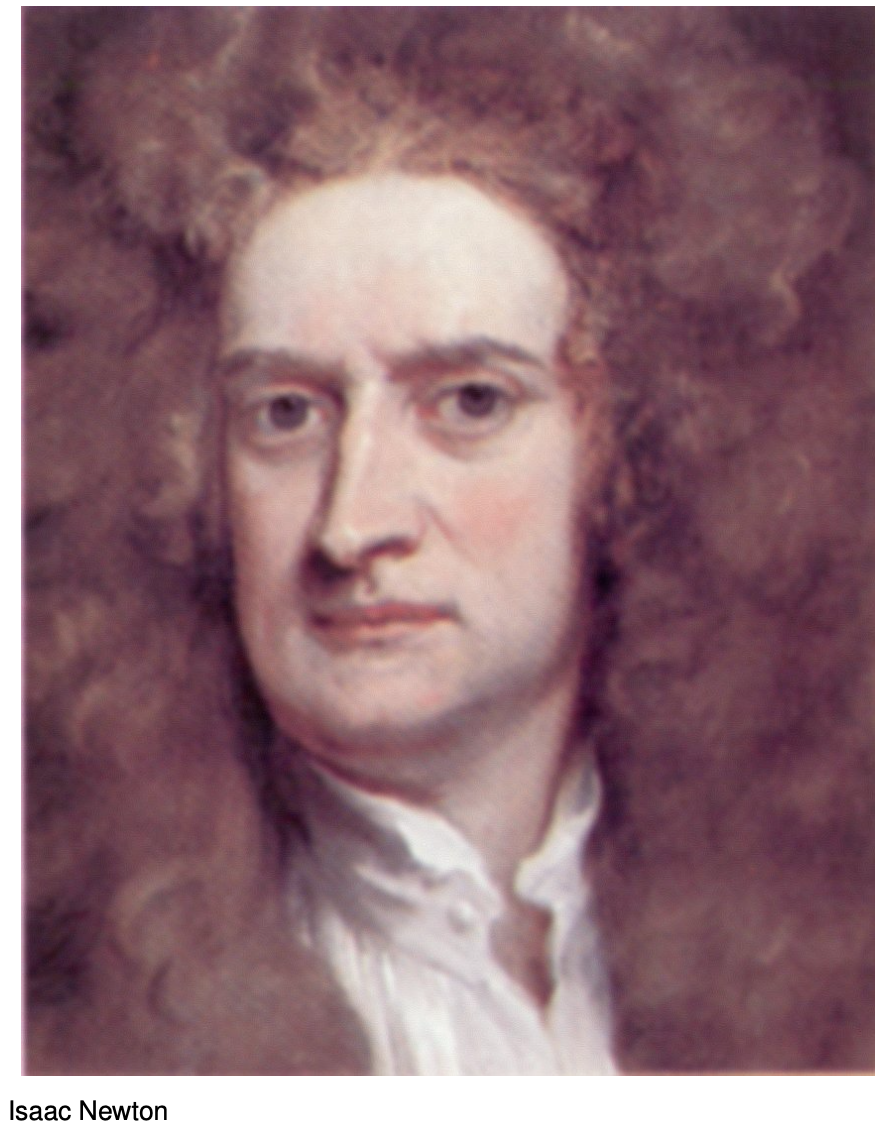4.0 Force and motion by Benjamin Crowell, Light and Matter licensed under the Creative Commons Attribution-ShareAlike license.

Chapter 4. Force and motion
If I have seen farther than others, it is because I have stood on the shoulders of giants. `-` Newton, referring to Galileo
Even as great and skeptical a genius as Galileo was unable to make much progress on the causes of motion. It was not until a generation later that Isaac Newton (1642-1727) was able to attack the problem successfully. In many ways, Newton's personality was the opposite of Galileo's. Where Galileo agressively publicized his ideas, Newton had to be coaxed by his friends into publishing a book on his physical discoveries. Where Galileo's writing had been popular and dramatic, Newton originated the stilted, impersonal style that most people think is standard for scientific writing. (Scientific journals today encourage a less ponderous style, and papers are often written in the first person.) Galileo's talent for arousing animosity among the rich and powerful was matched by Newton's skill at making himself a popular visitor at court. Galileo narrowly escaped being burned at the stake, while Newton had the good fortune of being on the winning side of the revolution that replaced King James II with William and Mary of Orange, leading to a lucrative post running the English royal mint.
Newton discovered the relationship between force and motion, and revolutionized our view of the universe by showing that the same physical laws applied to all matter, whether living or nonliving, on or off of our planet's surface. His book on force and motion, the Mathematical Principles of Natural Philosophy, was uncontradicted by experiment for 200 years, but his other main work, Optics, was on the wrong track, asserting that light was composed of particles rather than waves. Newton was also an avid alchemist, a fact that modern scientists would like to forget.
4.0 Force and motion by Benjamin Crowell, Light and Matter licensed under the Creative Commons Attribution-ShareAlike license.